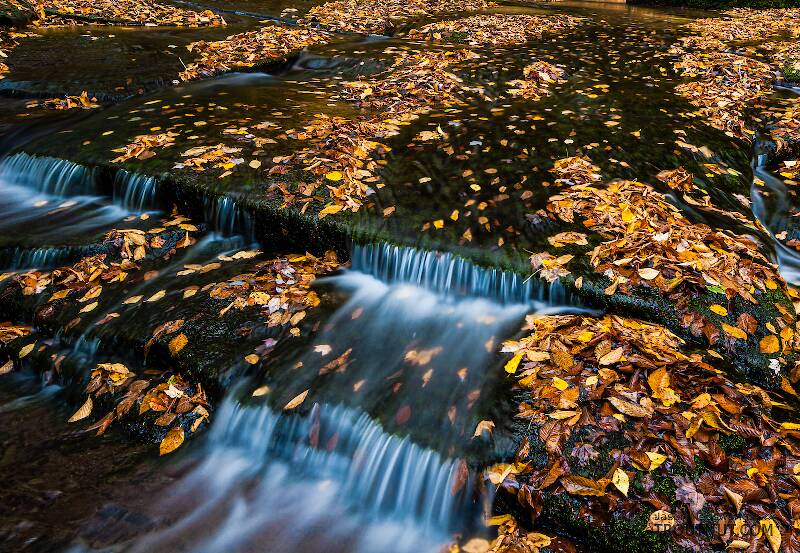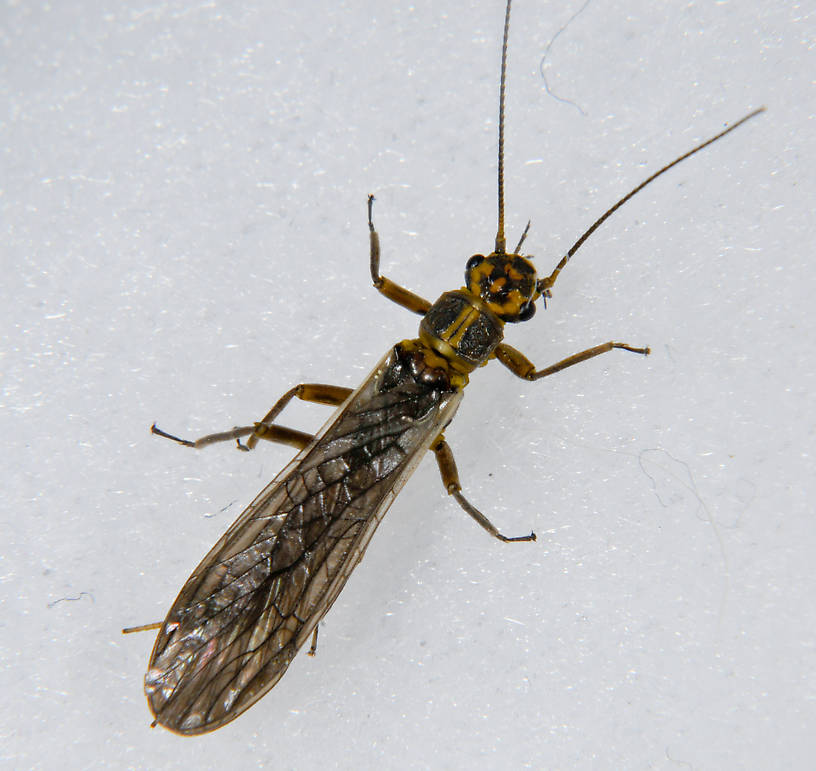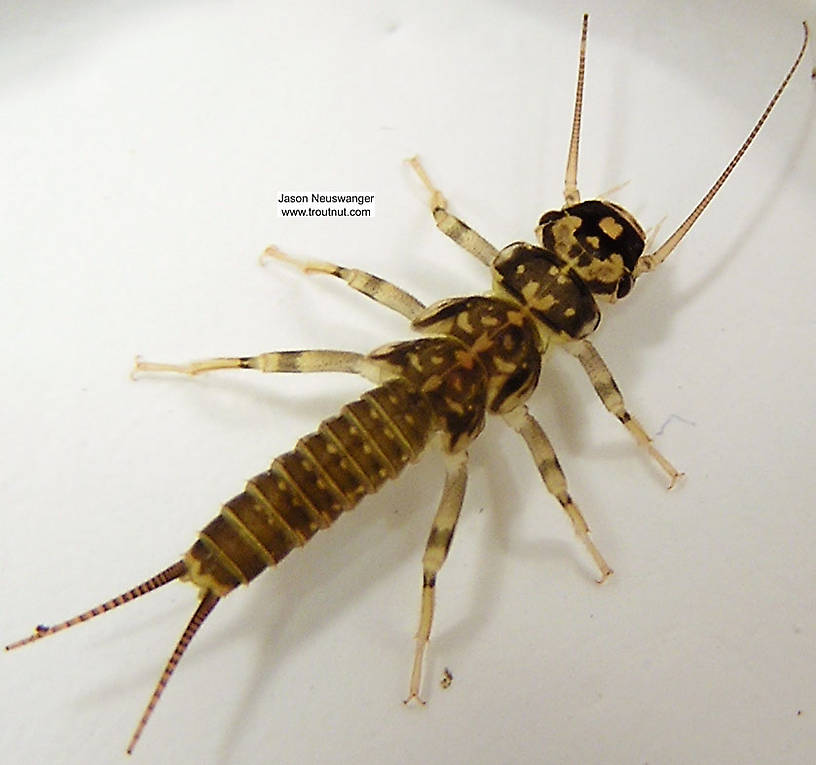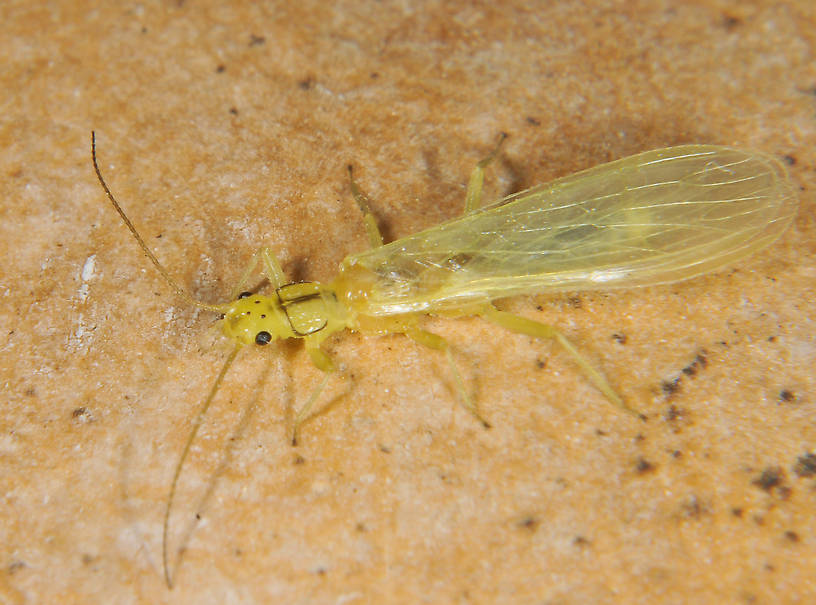
Salmonflies
Pteronarcys californica
The giant Salmonflies of the Western mountains are legendary for their proclivity to elicit consistent dry-fly action and ferocious strikes.
Featured on the forum
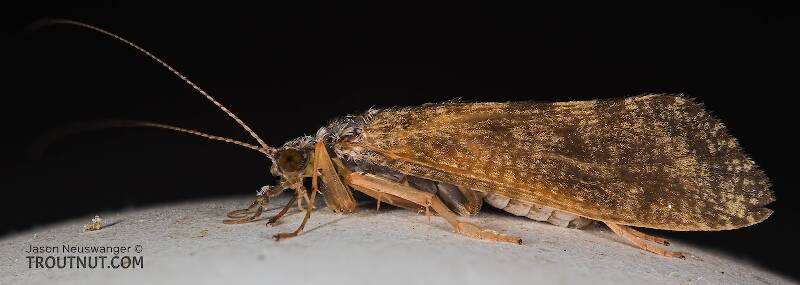

Troutnut is a project started in 2003 by salmonid ecologist Jason "Troutnut" Neuswanger to help anglers and
fly tyers unabashedly embrace the entomological side of the sport. Learn more about Troutnut or
support the project for an enhanced experience here.
Little Yellow Stoneflies
Like most common names,"Little Yellow Stonefly" can refer to more than one taxon. They're previewed below, along with 5 specimens. For more detail click through to the scientific names.
Stonefly Species Isoperla quinquepunctata
These are pretty much always called Little Yellow Stoneflies.
This species is often the most common Perlodidae or Little Yellow Stone In Northern California, especially in mid-elevation rivers and streams.
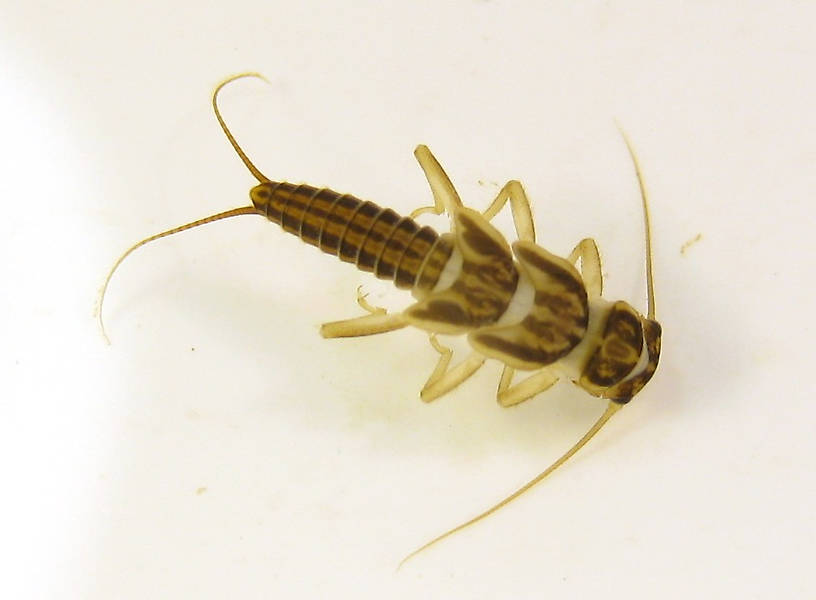
See 1 more specimen...
Stonefly Genus Isoperla
These are often called Little Yellow Stoneflies.
This is a very common trout stream stonefly genus. It is also huge, with sixty species scattered over the entire continent. Though anglers usually call them Little Yellow Stones or Yellow Sallies, the scientific common name for this genus is Stripetail. The latter is probably better to use as not all of them are necessarily little or yellow.
See 15 more specimens...
Stonefly Species Alloperla caudata
These are often called Little Yellow Stoneflies.
Stonefly Species Sweltsa coloradensis
These are often called Little Yellow Stoneflies.
Stonefly Species Suwallia pallidula
These are often called Little Yellow Stoneflies.
This species keeps turning up when I collect little yellow stoneflies throughout midsummer in Washington and Montana. I suspect it is one of the most ubiquitous of the Chloroperlidae "yellow sallies."
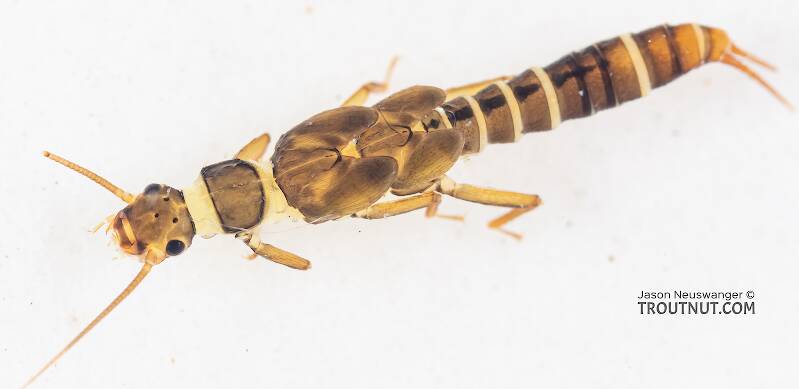
This specimen keys out to Suwallia, for which I did not find any nymph species keys. However, I'm placing it in Suwallia pallidula because I caught a few adults in the same spot that closely resembled the abundant nymphs and keyed them out to species. Features I noted under the microscope when keying this specimen to genus included apical hairs of cercal segments that were directed at posterior angles, and the longest apical hairs of distal segments were shorter than their following segment.
See 3 more specimens...

